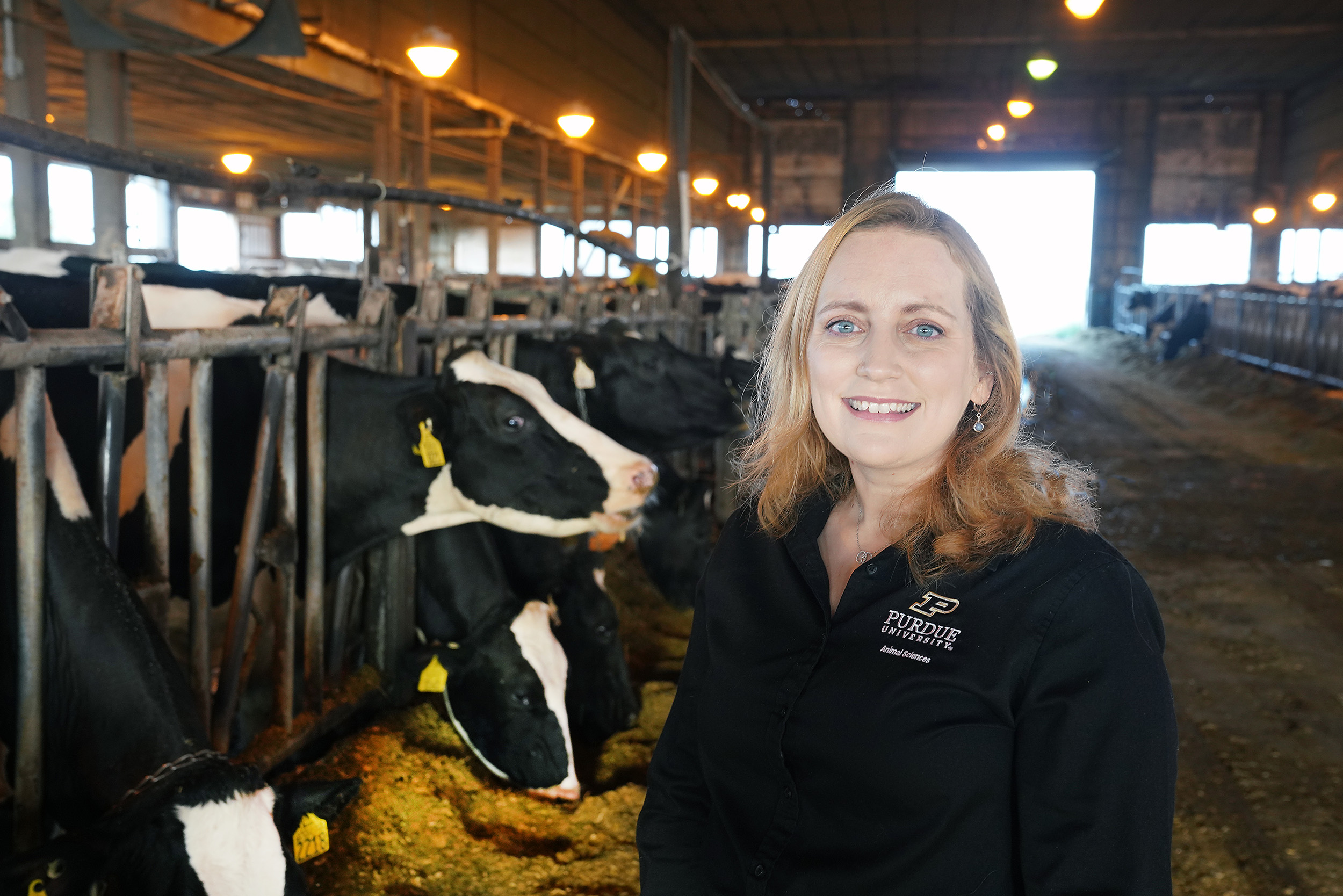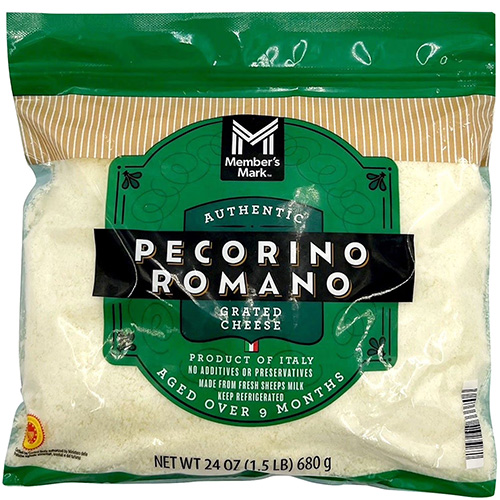Corn zein offers alternative for meat analogues
Bruce Hamaker, director of the Whistler Center for Carbohydrate Research and distinguished professor of food science, and his colleagues have discovered a means for replicating animal protein textures to near perfection—with corn zein—a protein in corn. As meat analogues become increasingly popular, companies are looking for healthier and more sustainable ways to improve their products. That is where corn zein could be used, Hamaker said. The protein mimics ingredients like wheat gluten and some manmade products that provide viscoelasticity, an important textural component to any meat substitute. Viscoelastic refers to a material that simultaneously exhibits fluid and solid properties - think silly putty.
“Wheat gluten or chemically modified carbohydrates are what is mostly used in imitation meat products to provide viscoelasticity,” Hamaker said. “As you can imagine, however, those ingredients are less appealing to these company’s health-conscious customer bases.”
The Foundation for Food & Agricultural Research (FFAR) recently awarded Hamaker a grant to continue this research on corn zein as part of the organization’s Crops of the Future Collaborative.
Hamaker said the corn zein needs to be added to meat substitute products at a lower percentage than the main plant proteins used (soy or pea). Currently, zein is added at 10 -15 percent, as opposed to the 75 – 80 percent rate of other viscoelastic substances. Hamaker thinks he can get this number lower. Part of the work on the FFAR grant will be to determine if this is possible as well as to develop other methods for enhancing the texture and mouth-feel of meat analogues using corn zein.

Award for Excellence in International Agriculture.
“We think this protein can be dispersed in a web like structure so that it’s more evenly distributed throughout the product,” Hamaker explained. “We’re pretty excited about this as well as some ways we’ve discovered that corn zein reacts when exposed to certain temperatures or other compounds. We have found texture profiles that match not just real meat but types of fish and cheese. We think there are companies out there that will be interested in that.”
The bottom line, Hamaker continued, is that corn zein is readily available and potentially healthier and easier to manipulate than many other viscoelastic substances currently used in meat substitutes. If this research proves successful, Hamaker said, he hopes to get companies interested in using the product or, possibly, even found his own start-up.
“Companies manufacturing meat analogues are under a lot of pressure to lower watch the environmental impact and health of their ingredients,” Hamaker said. “Here we think we’ve found a way they can do both.”





